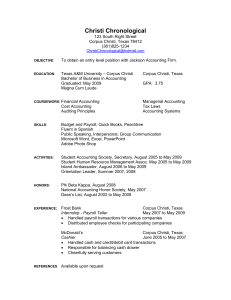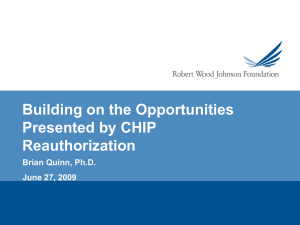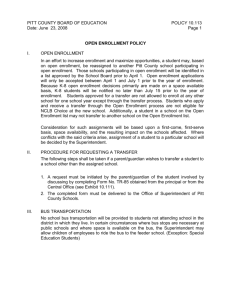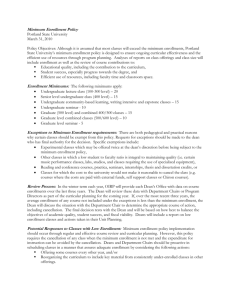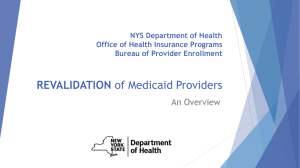The school district focuses on kids without health insurance
advertisement
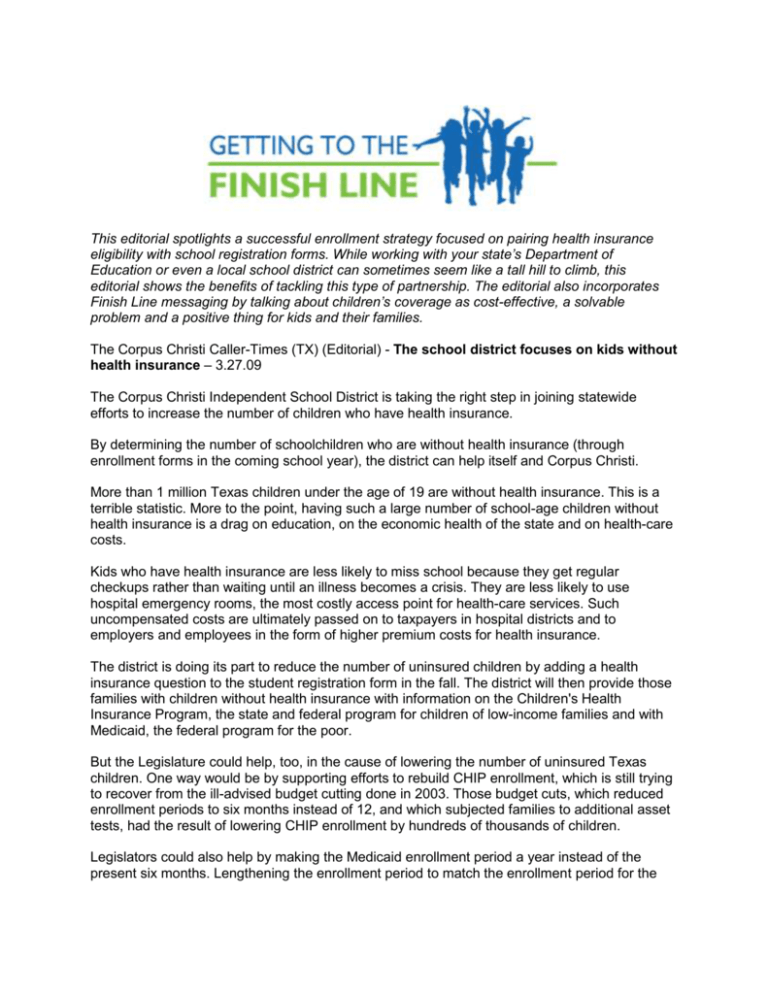
This editorial spotlights a successful enrollment strategy focused on pairing health insurance eligibility with school registration forms. While working with your state’s Department of Education or even a local school district can sometimes seem like a tall hill to climb, this editorial shows the benefits of tackling this type of partnership. The editorial also incorporates Finish Line messaging by talking about children’s coverage as cost-effective, a solvable problem and a positive thing for kids and their families. The Corpus Christi Caller-Times (TX) (Editorial) - The school district focuses on kids without health insurance – 3.27.09 The Corpus Christi Independent School District is taking the right step in joining statewide efforts to increase the number of children who have health insurance. By determining the number of schoolchildren who are without health insurance (through enrollment forms in the coming school year), the district can help itself and Corpus Christi. More than 1 million Texas children under the age of 19 are without health insurance. This is a terrible statistic. More to the point, having such a large number of school-age children without health insurance is a drag on education, on the economic health of the state and on health-care costs. Kids who have health insurance are less likely to miss school because they get regular checkups rather than waiting until an illness becomes a crisis. They are less likely to use hospital emergency rooms, the most costly access point for health-care services. Such uncompensated costs are ultimately passed on to taxpayers in hospital districts and to employers and employees in the form of higher premium costs for health insurance. The district is doing its part to reduce the number of uninsured children by adding a health insurance question to the student registration form in the fall. The district will then provide those families with children without health insurance with information on the Children's Health Insurance Program, the state and federal program for children of low-income families and with Medicaid, the federal program for the poor. But the Legislature could help, too, in the cause of lowering the number of uninsured Texas children. One way would be by supporting efforts to rebuild CHIP enrollment, which is still trying to recover from the ill-advised budget cutting done in 2003. Those budget cuts, which reduced enrollment periods to six months instead of 12, and which subjected families to additional asset tests, had the result of lowering CHIP enrollment by hundreds of thousands of children. Legislators could also help by making the Medicaid enrollment period a year instead of the present six months. Lengthening the enrollment period to match the enrollment period for the Children's Health Insurance Program would raise the number of kids who are insured in the state. The Children's Medicaid enrollment period was supposed to have been lengthened to a year in 2003, but it, too, became victim of budget cuts. The six-month enrollment period is inefficient, costly to both state and parents and endangers the protection the program is meant to provide. The State Health and Human Services Commission estimates that 376,000 would be added to the program by 2011 just by going to 12-month coverage. It would help immensely, too, if the state could lower the time it takes to enroll children in the two programs; more than 70 percent of Medicaid applications exceed the time limits set by the federal government. The road to better coverage for children, however, begins at the family and local level. That's why the effort by CCISD is important. Corpus Christi and Nueces County would improve its health picture if the estimated 4,000 children who are without health insurance would gain protection. The local school district and the Texas Legislature have their roles to play, but the responsibility for providing health insurance for children begins with parents.





